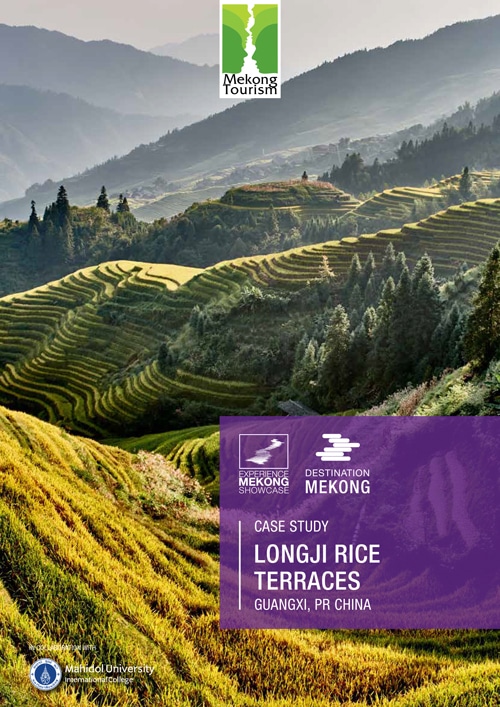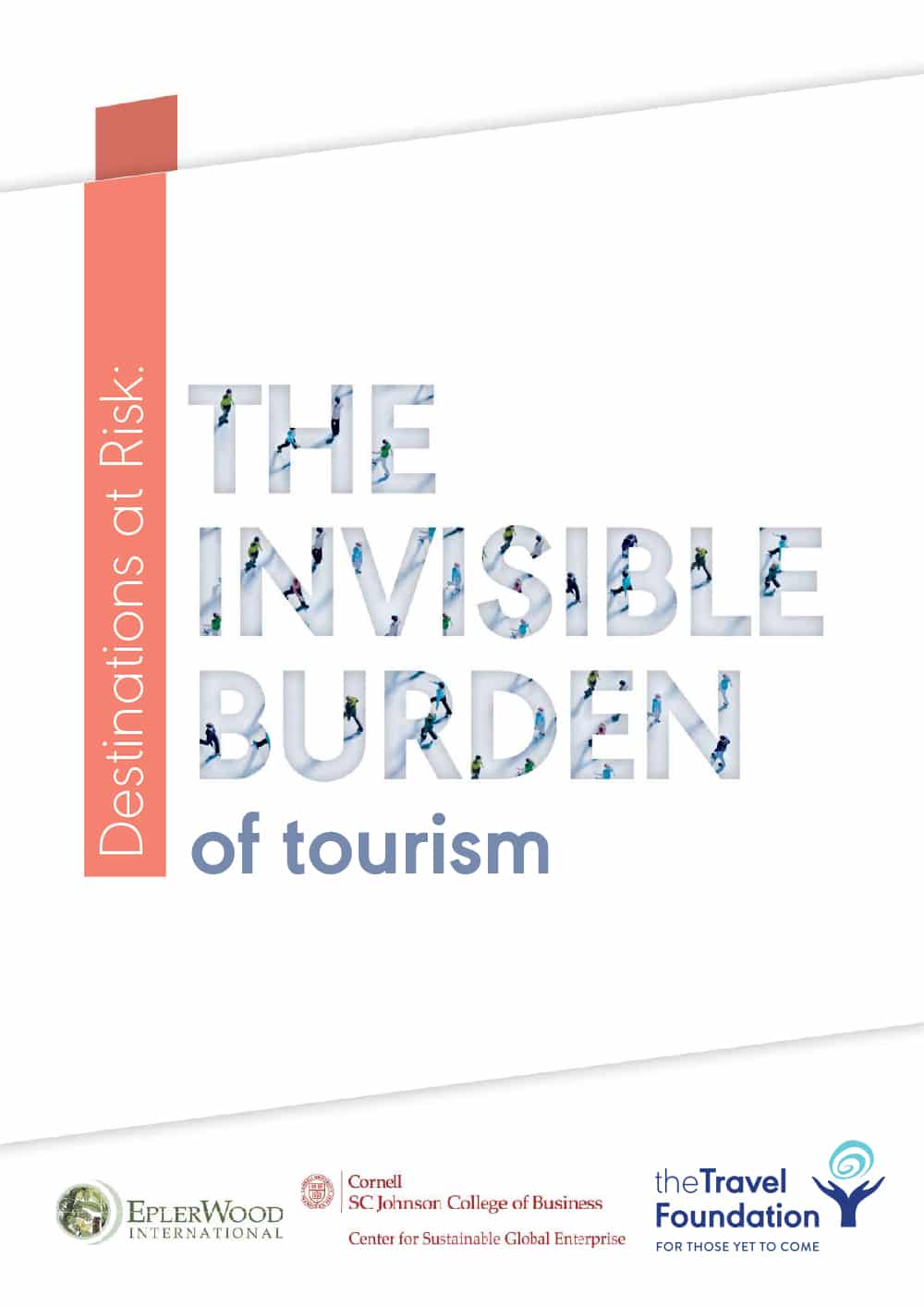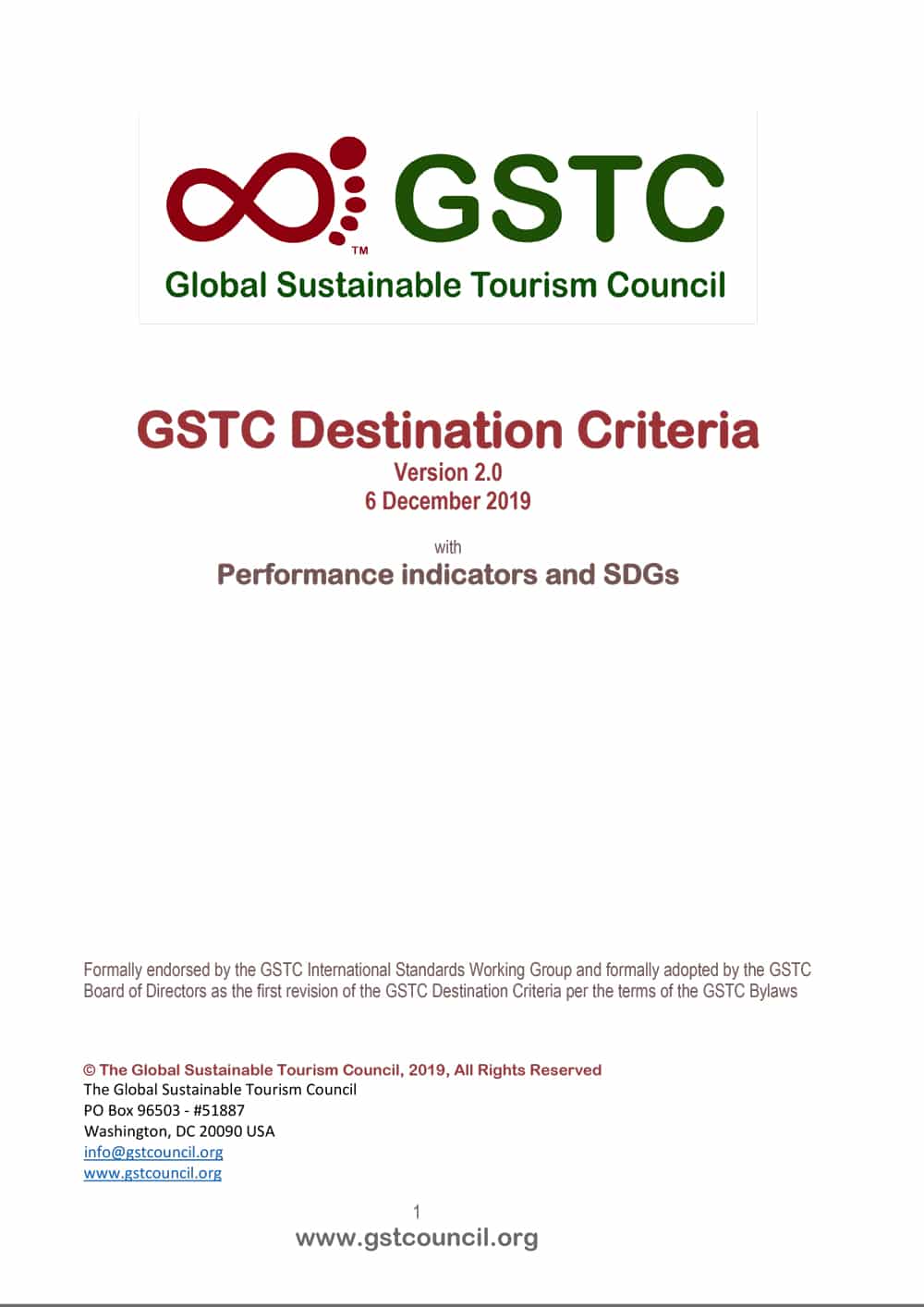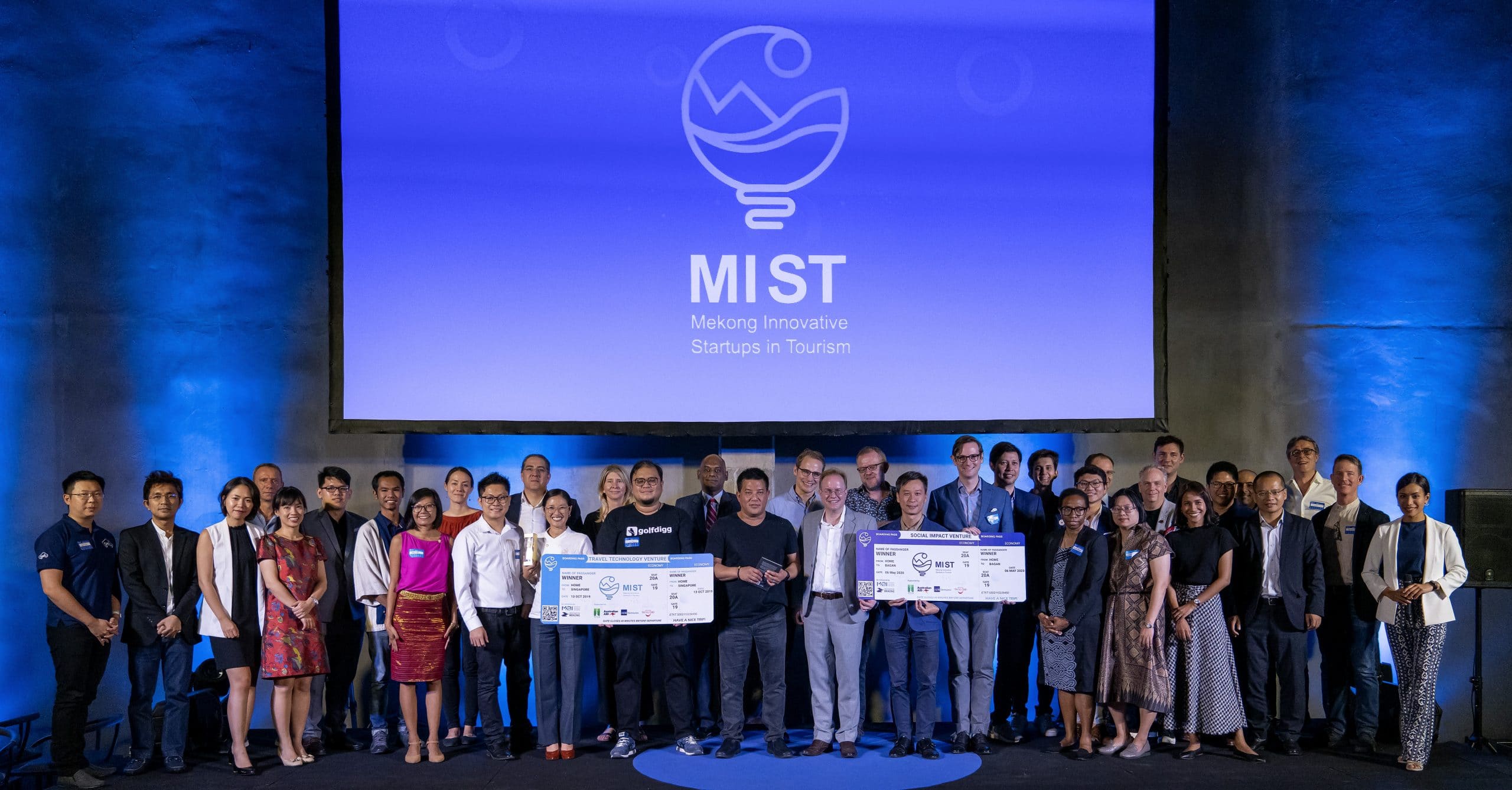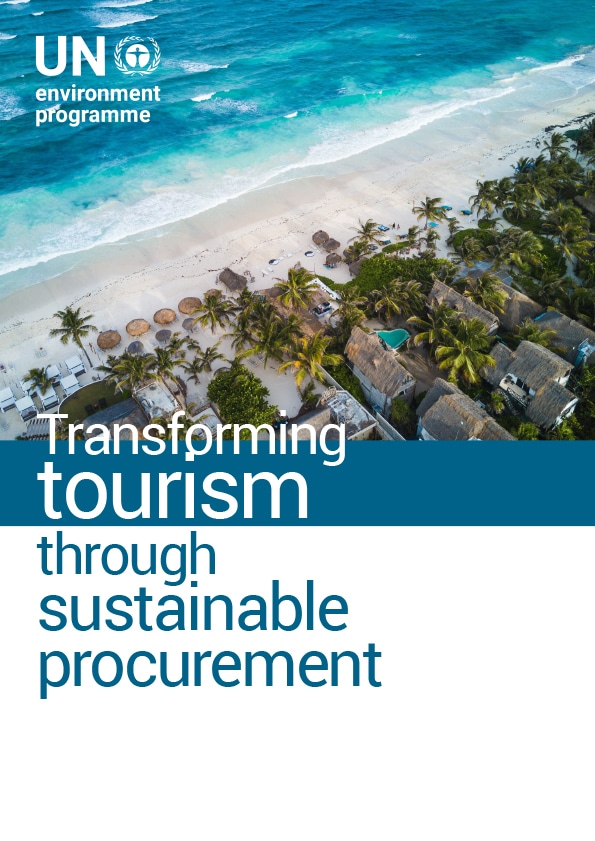Luxury is DEAD. There is no point in designing lavish hotels just to put heads on beds – every hospitality project should have a purpose and a candle to light. We in hospitality – designers, owners or operators – have the superpower of reaching thousands of people. We should shoulder more responsibility concerning issues like education, clean accessible water, alternative energy, energy consumption, food waste, wildlife protection, and conservation. The big hotel companies are part of nature and society too, not just economy. Here are some ideas of how to do something real…
Continue readingCase Study Longji Rice Terraces
The Longji rice terraces have a long history since the beginning of the construction during the Yuan Dynasty (1271-1368) and it was completed in the early Qing Dynasty (1644-1911), with a constructing history of over 800 years. The fascinating rice terraces cover 66 square kilometres of the Longsheng county’s mountain, with the altitude from 300 meters to 1100 metres (Travel China Guide, n.d.). Longji rice terraces have been listed as one of the Globally Important Agricultural Heritage Systems (GIAHS).
Continue readingDestinations at Risk: The Invisible Burden of Tourism
The rapid growth of tourism in the 21st century is leading
to damage in destinations across the world that is largely
unreported and frequently not perceived by tourists, putting
destinations at risk without effective response.
GSTC Destination Criteria
The Global Sustainable Tourism Council (GSTC) Criteria were created to provide a common understanding of sustainable tourism. The GSTC Destinations Criteria – known informally also as “GSTC-D” — are the minimum that any tourism destination should aspire to reach. They are organized around four main themes: sustainable management; socio-economic impacts; cultural impacts; and environmental impacts. They have applicability to the entire tourism sector.
Continue readingMEKONG INNOVATIVE STARTUPS IN TOURISM (MIST) OPEN 2020 CALL FOR APPLICATIONS IN TRAVEL TECHNOLOGY AND SOCIAL IMPACT CATEGORIES
Mekong Innovative Startups in Tourism (MIST) open 2020 call for applications in travel technology and social impact categories
4th annual MIST program aims to expedite tourism industry growth, create an ecosystem that inspires innovation, and promote sustainability in tourism
Continue readingSHORTLIST FOR THE 2020 EXPERIENCE MEKONG SHOWCASES ANNOUNCED
Public Voting open to support small responsible businesses during these challenging times
Continue readingTransforming tourism through sustainable procurement
Globally, the tourism industry already accounts for an average of 9 per cent of nations’ gross domestic product (GDP), and its importance is bound to increase even more. The United Nations World Tourism Organization projects international tourist arrivals to increase from 1.1 billion in 2014 to 1.8 billion in 2030. For many developing countries tourism is a key pillar of national development contributing to growth, employment, investment as well as technology dissemination. In many small island developing states (SIDS), it accounts for up to 25 to 60% of national GDP.
Continue reading

